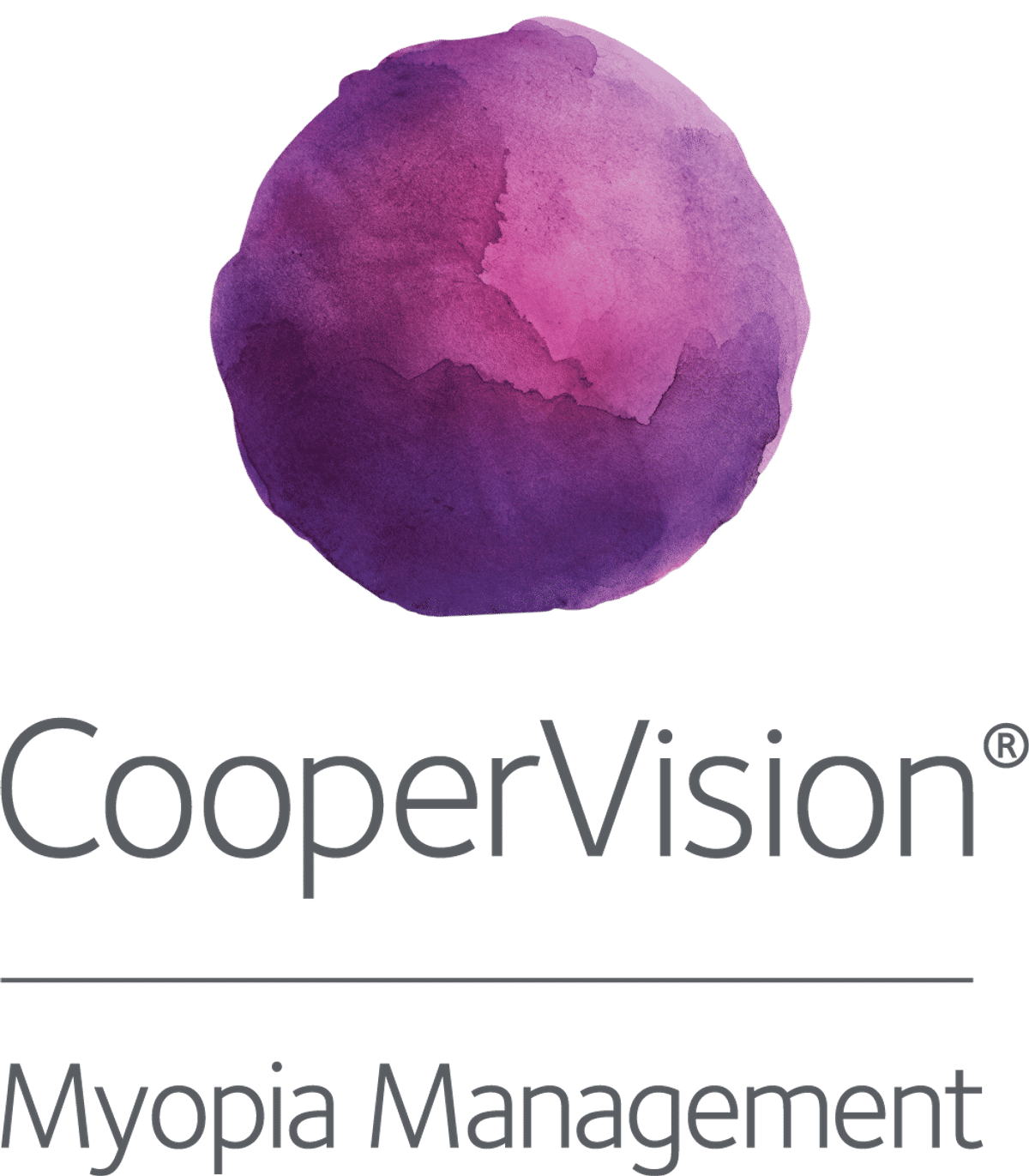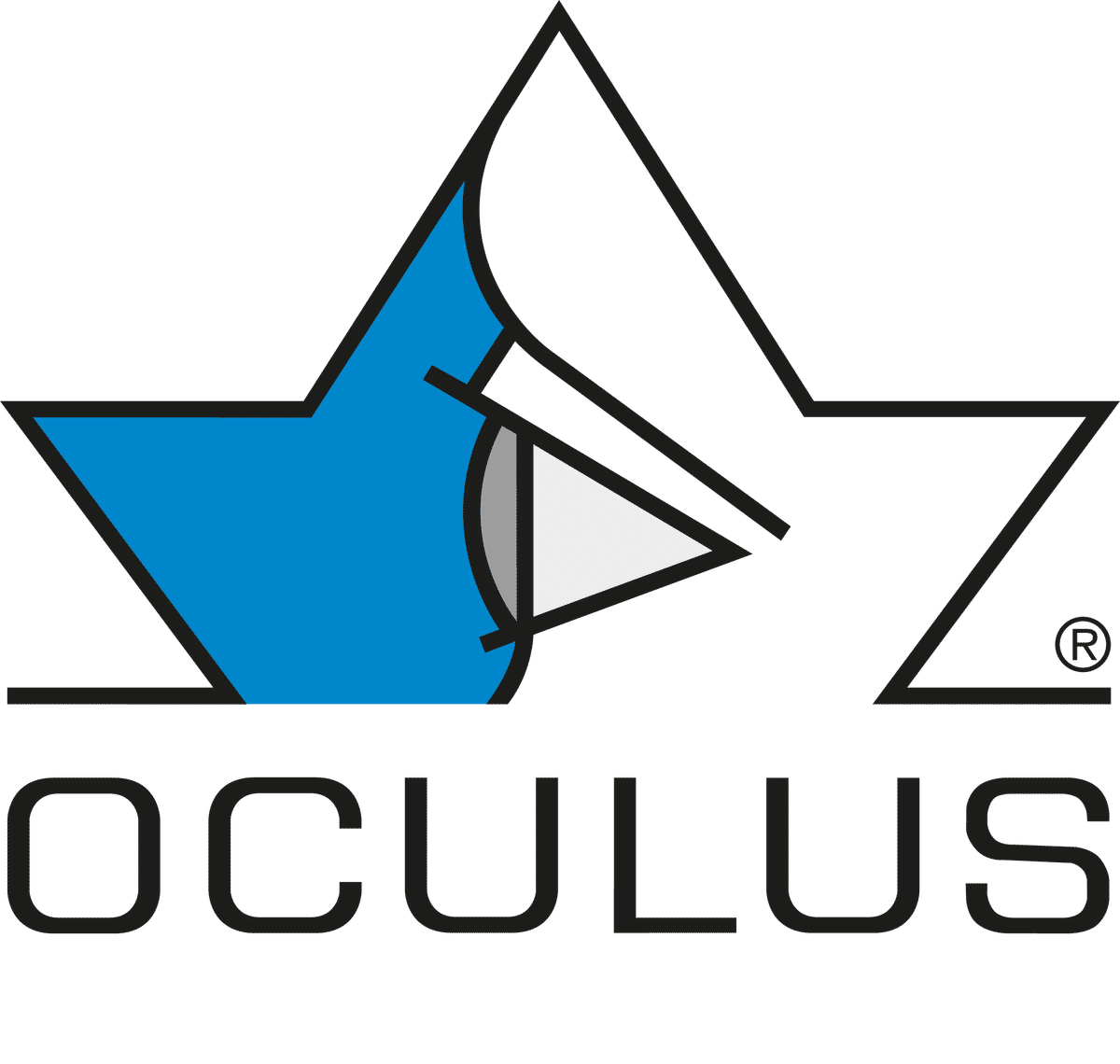Science
New evidence for the influence of sleep on myopia

In this article:
This study combined meta-analysis and Mendelian randomization to assess sleep traits and myopia in children. Short sleep duration (<7 hours) increased myopia risk by 23%, while long sleep (>9 hours) was protective, reducing risk by 25%. Genetic analysis found no causal link between sleep and myopia, suggesting sleep may not be an independent factor.
Paper title: Association of sleep traits with myopia in children and adolescents: A meta-analysis and Mendelian randomization study
Authors: Xing-Xuan Dong (1); Jia-Yu Xie (1); Dan-Lin Li (1); Yi Dong (1); Xiao-Feng Zhang (2), Carla Lanca (3); Andrzej Grzybowski (4); Chen-Wei Pan (5)
- School of Public Health, Suzhou Medical College of Soochow University, Suzhou, China.
- Department of Ophthalmology, Dushu Lake Hospital Affiliated to Soochow University, Suzhou, China.
- Escola Superior de Tecnologia da Saúde de Lisboa (ESTeSL), Instituto Politécnico de Lisboa, Lisboa, Portugal; Comprehensive Health Research Center (CHRC), Escola Nacional de Saúde Pública, Universidade Nova de Lisboa, Lisboa, Portugal.
- Institute for Research in Ophthalmology, Foundation for Ophthalmology Development, Poznan, Poland.
- School of Public Health, Suzhou Medical College of Soochow University, Suzhou, China.
Date: Feb 2024
Reference: Dong XX, Xie JY, Li DL, Dong Y, Zhang XF, Lanca C, Grzybowski A, Pan CW. Association of sleep traits with myopia in children and adolescents: A meta-analysis and Mendelian randomization study. Prev Med. 2024 Mar; 180:107893
Summary
Sleep has been proposed as a modifiable behavioural factor associated with myopia in children, but previous studies have produced inconsistent results. This study aimed to clarify that relationship by combining meta-analysis of observational data with Mendelian randomization (MR) to explore both association and causality. A total of 29 studies were included in the meta-analysis, comprising 209,979 children and adolescents, while MR analysis used genome-wide summary data from European populations.
Observational evidence suggested an association between sleep duration and myopia risk, but MR did not support a causal relationship. These results indicate that sleep traits may reflect other lifestyle factors rather than directly influencing myopia development. Key findings were as follows.
- Short sleep duration (<7 h) was associated with a 23% increased odds of myopia (odds ratio OR = 1.23), in studies from Asian, but not European, countries, suggesting there may be underlying country-specific lifestyle factors.
- Long sleep duration (>9 h) was linked to 25% reduced myopia risk (OR = 0.75), although this association was not observed in cohort studies.
- MR analysis showed no causal effect of sleep traits, including sleep duration, chronotype, short or long sleep, on myopia risk.
- Subgroup analysis suggested cultural and educational differences may contribute to observed associations, particularly in East Asian populations. Other known risk factors such as excessive near work, screen time, and reduced outdoor activity may underlie both sleep patterns and myopia development.
What does this mean for my practice?
This study suggests that while sleep behaviours may be associated with myopia in children, they are unlikely to act as independent risk factors. Although observational data showed a link between sleep duration and myopia risk, particularly in Asian populations, the absence of a causal relationship in genetic analysis indicates these associations are likely influenced by other behavioural or environmental factors.
While sleep may not be a direct target for myopia intervention, it can reflect broader lifestyle patterns. Children with shorter sleep duration may also be spending less time outdoors or more time on screens—both recognised risk factors for myopia development. For eyecare practitioners, asking about sleep can be a practical entry point into broader lifestyle discussions. These conversations can help uncover routines and behaviours that contribute to myopia risk and support a more holistic approach to patient education and management.
What do we still need to learn?
This study highlighted several important limitations that may affect how the findings are interpreted in clinical practice. First, many of the variables related to sleep and myopia were self-reported in the included studies, introducing the possibility of recall bias. In particular, the lack of cycloplegic refraction in some studies may reduce the reliability of myopia measurement in younger children. Additionally, confounding factors such as near work and time spent outdoors were not consistently accounted for in either the meta-analysis or Mendelian randomization (MR) analysis.
Most observational studies included in the meta-analysis were cross-sectional, which limits the ability to establish causality. Although MR methods strengthen causal inference, the genetic data used were from European populations, while most observational studies involved Asian participants. This mismatch may limit the generalisability of findings across populations.
The authors suggest that future research should include well-powered longitudinal or interventional studies that account for lifestyle and environmental confounders, and use cycloplegic refractive measures where appropriate. Expanding genome-wide association data across diverse populations may also improve our understanding of potential genetic contributions to sleep–myopia relationships.
Abstract
Purpose: The association between sleep and myopia in children and adolescents has been reported, yet it remains controversial and inconclusive. This study aimed to investigate the influence of different sleep traits on the risk of myopia using meta-analytical and Mendelian randomization (MR) techniques.
Methods: The literature search was performed in August 31, 2023 based on PubMed, Embase, Web of Science, and Cochrane library. The meta-analysis of observational studies reporting the relationship between sleep and myopia was conducted. MR analyses were carried out to assess the causal impact of genetic pre-disposition for sleep traits on myopia.
Results: The results of the meta-analysis indicated a significant association between the risk of myopia and both short sleep duration [odds ratio (OR) = 1.23, 95% confidence interval (CI) = 1.08-1.42, P = 0.003] and long sleep duration (OR = 0.75, 95% CI = 0.66-0.86, P < 0.001). MR analyses revealed no significant causal associations of genetically determined sleep traits with myopia, including chronotype, sleep duration, short sleep duration and long sleep duration (all P > 0.05).
Conclusions: No evidence was found to support a causal relationship between sleep traits and myopia. While sleep may not independently predict the risk of myopia, the potential impact of sleep on the occurrence and development of myopia cannot be disregarded.
Meet the Authors:
About Ailsa Lane
Ailsa Lane is a contact lens optician based in Kent, England. She is currently completing her Advanced Diploma In Contact Lens Practice with Honours, which has ignited her interest and skills in understanding scientific research and finding its translations to clinical practice.
Read Ailsa's work in the SCIENCE domain of MyopiaProfile.com.
Enormous thanks to our visionary sponsors
Myopia Profile’s growth into a world leading platform has been made possible through the support of our visionary sponsors, who share our mission to improve children’s vision care worldwide. Click on their logos to learn about how these companies are innovating and developing resources with us to support you in managing your patients with myopia.












